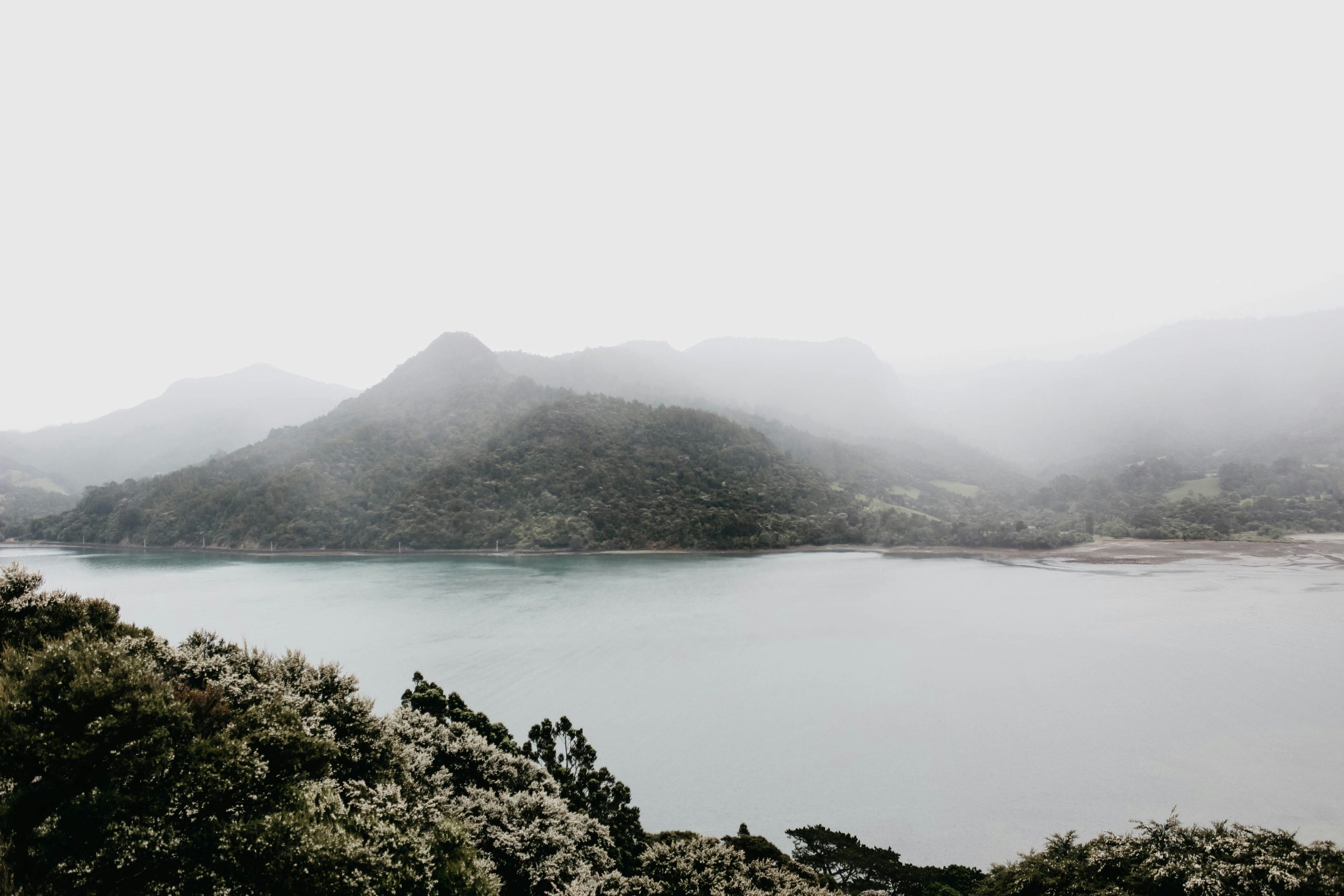In the age of overnight success and viral growth, there are still a few stories being written the old way. Stories where the land matters, where the work is quiet, and where the payoff is measured not in scale but in significance. Jim Law, the founder of Linden Vineyards, has been writing that kind of story for over four decades in the Blue Ridge Mountains of Virginia.
Long before the region was taken seriously by the national wine community, Jim saw potential in its hills and soils. Not because anyone told him it would work, but because he was willing to study, test, and trust his instincts. He chose the east over the west coast not for convenience, but because he wanted the challenge. He wanted to pioneer. He wanted to discover, not replicate. And what he built is one of the most respected and revered boutique vineyards in America, not because it is loud, but because it is right.
At the heart of Jim’s method is a fierce commitment to process. He is a farmer before he is a winemaker. His obsession is not with manipulation in the cellar, but with balance in the soil. He believes that great wine begins before the grape hits the crush pad. It begins with elevation. With cover crops. With sunlight angles and the mineral makeup of the land. He planted his vineyard on an east-facing slope, in a place that once grew apples, because he believed cool nights and rocky soil would yield wines with elegance and restraint.
And he was right.
The Discipline of Doing Less, Better
Jim Law is not a man who chases trends. He doesn’t scale for the sake of ego or revenue. His vineyard produces just a few thousand cases a year, and that’s by design. He wants his hands in the dirt, his eyes on the vines, his attention focused on the subtle changes that make each vintage distinct. At Linden, everyone does everything. They prune, they taste, they bottle. No one escapes the field or hides behind a screen. That intimacy is part of the quality control. It is also part of the culture.
He trains apprentices not just in farming or winemaking, but in how to think. How to observe. How to walk a row of grapes and notice when something feels off. He teaches that mistakes are part of the journey, but also that they must be learned from. Over time, patterns emerge. Soil that seemed ideal for Cabernet may produce wine that lacks balance. It takes time to learn that. Then it takes humility to rip it out and start again. Jim has done that. Repeatedly.
And yet he never stopped experimenting. His vineyard includes test blocks, trial rows, and new varietals, including heat-tolerant Italian grapes planted in anticipation of a warming climate. He studies not just Virginia, but Burgundy and Alsace, because their weather mirrors the challenges he faces. He built his own research library of bottles dating back to 1987. Not for show, but for study. When a new growing season reminds him of 1991 or 2016, he pulls the cork, tastes the memory, and adjusts accordingly.
Excellence Through Restraint
Perhaps what makes Jim Law’s story so powerful is that it redefines what it means to go big. His vineyard didn’t get bigger. It got better. Year after year, he refined, corrected, tested, and listened. The goal was never to be the most visible name in wine. The goal was to build a wine that could hold its own next to the greats. And that requires something most people avoid at all costs—time.
Jim believes you cannot make great wine unless you’ve tasted great wine. Real wine. Wine that shows you the standard. That is why he still participates in tasting groups, opening top-tier bottles with others, discussing structure, acidity, balance, and finish. You cannot aim for excellence unless you know what excellence looks and feels like. You have to understand the destination if you want to arrive.
And Jim has arrived—not at an endpoint, but at a rhythm. A way of life. A philosophy. It is quiet. It is focused. And it is wildly impactful. The proof is not only in the bottle, but in the dozens of apprentices, colleagues, and friends he has inspired. Many went off to start their own vineyards. Some got bigger. A few came back to say they missed doing it the Linden way—the patient way, the disciplined way, the better way.
A Legacy Planted Deep
Today, Jim’s daughter and her husband are preparing to carry the work forward. They are building a home on the farm. They are learning the rhythms of the land. They are tasting, listening, and slowly stepping into a vision that has taken decades to shape. The future of Linden Vineyards will not look dramatically different. That’s the point. The roots are deep, and the standard has been set.
Jim Law teaches us that you do not need millions of followers to build something meaningful. You need conviction. You need humility. And you need the courage to do it your own way, even if that means going slow. Especially if it means going slow.
Because sometimes, the boldest thing you can do is resist the pressure to grow fast—and instead grow strong.
That is what it means to go big. And that is exactly what Jim Law has done.











